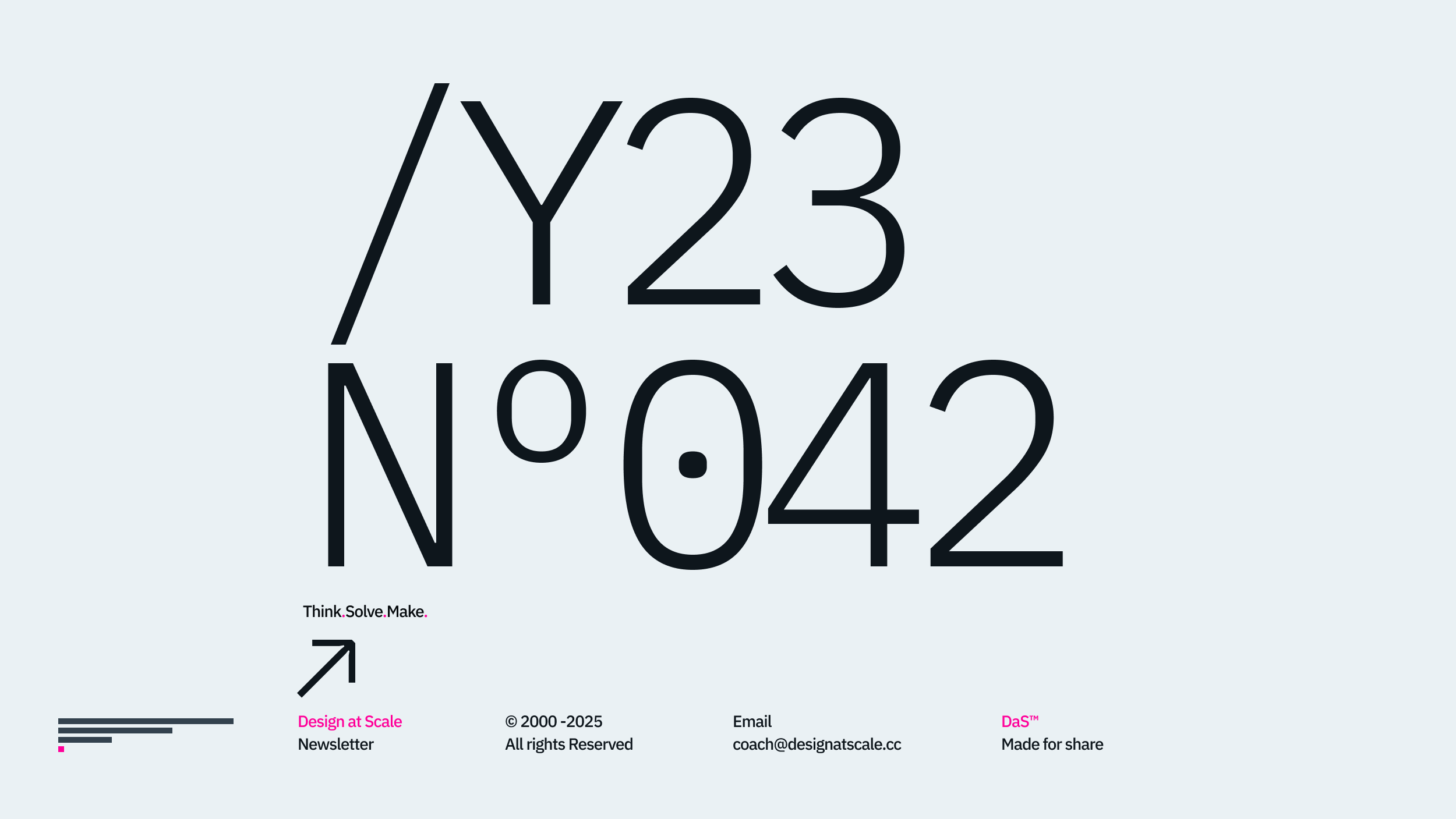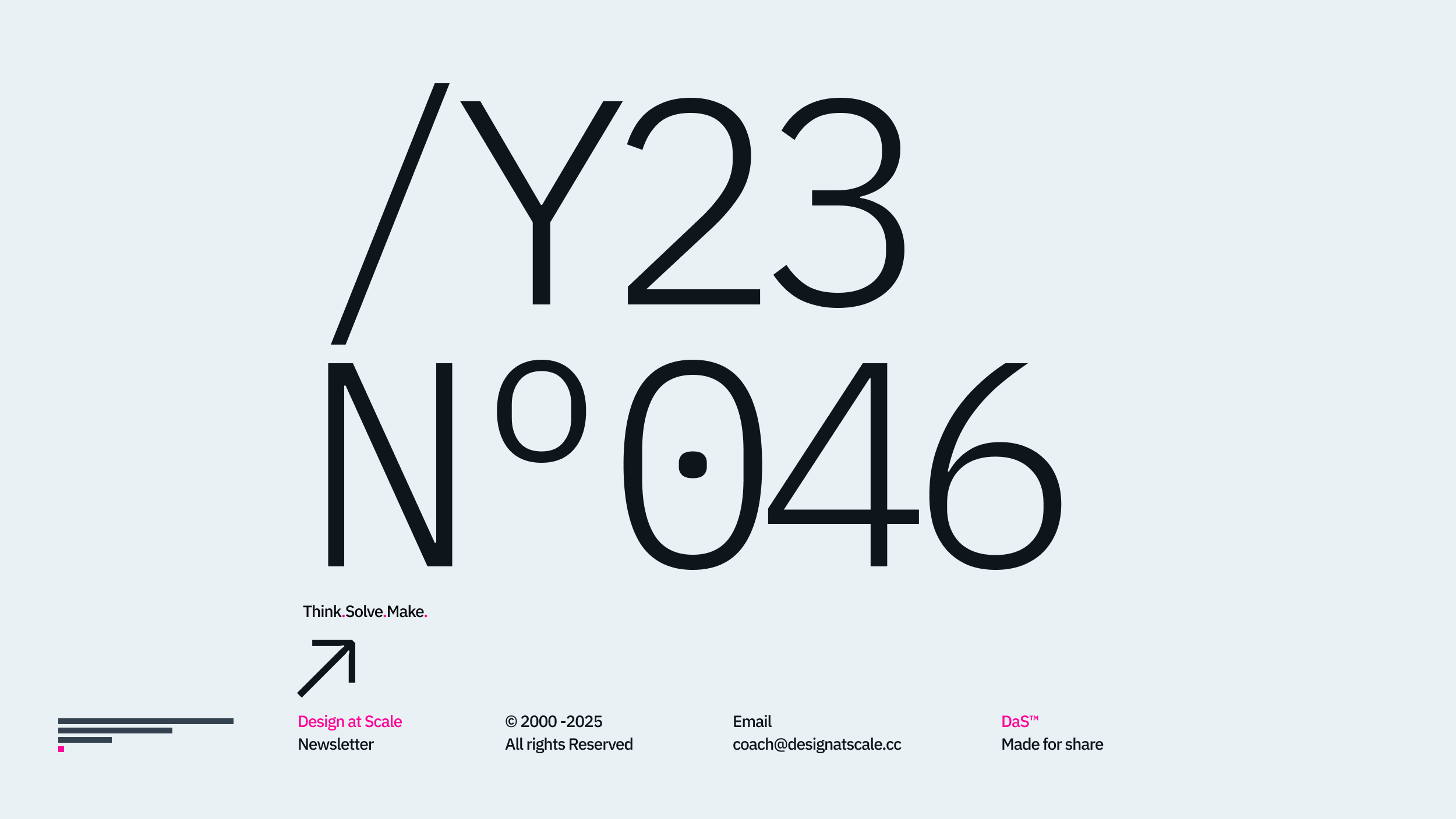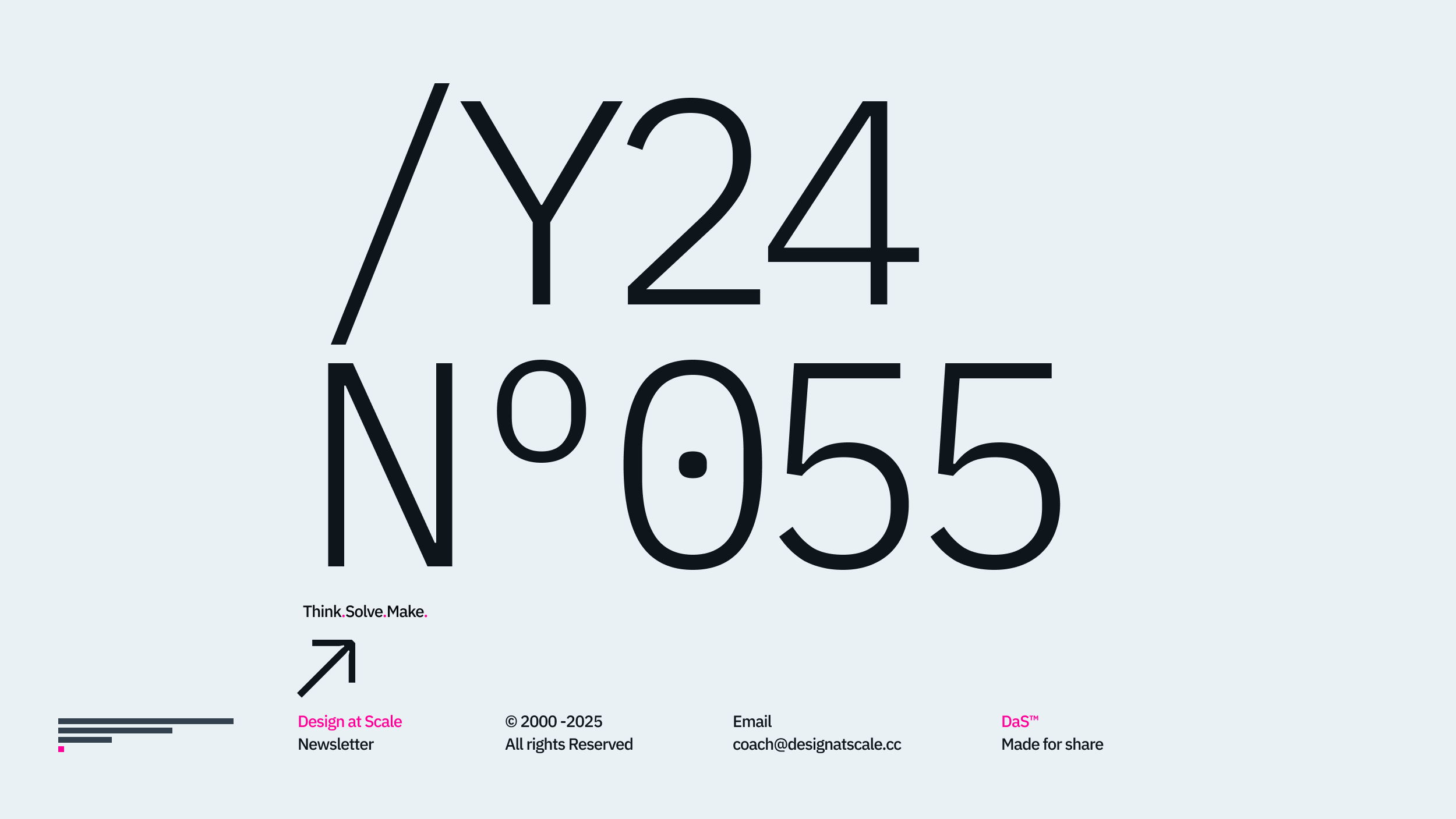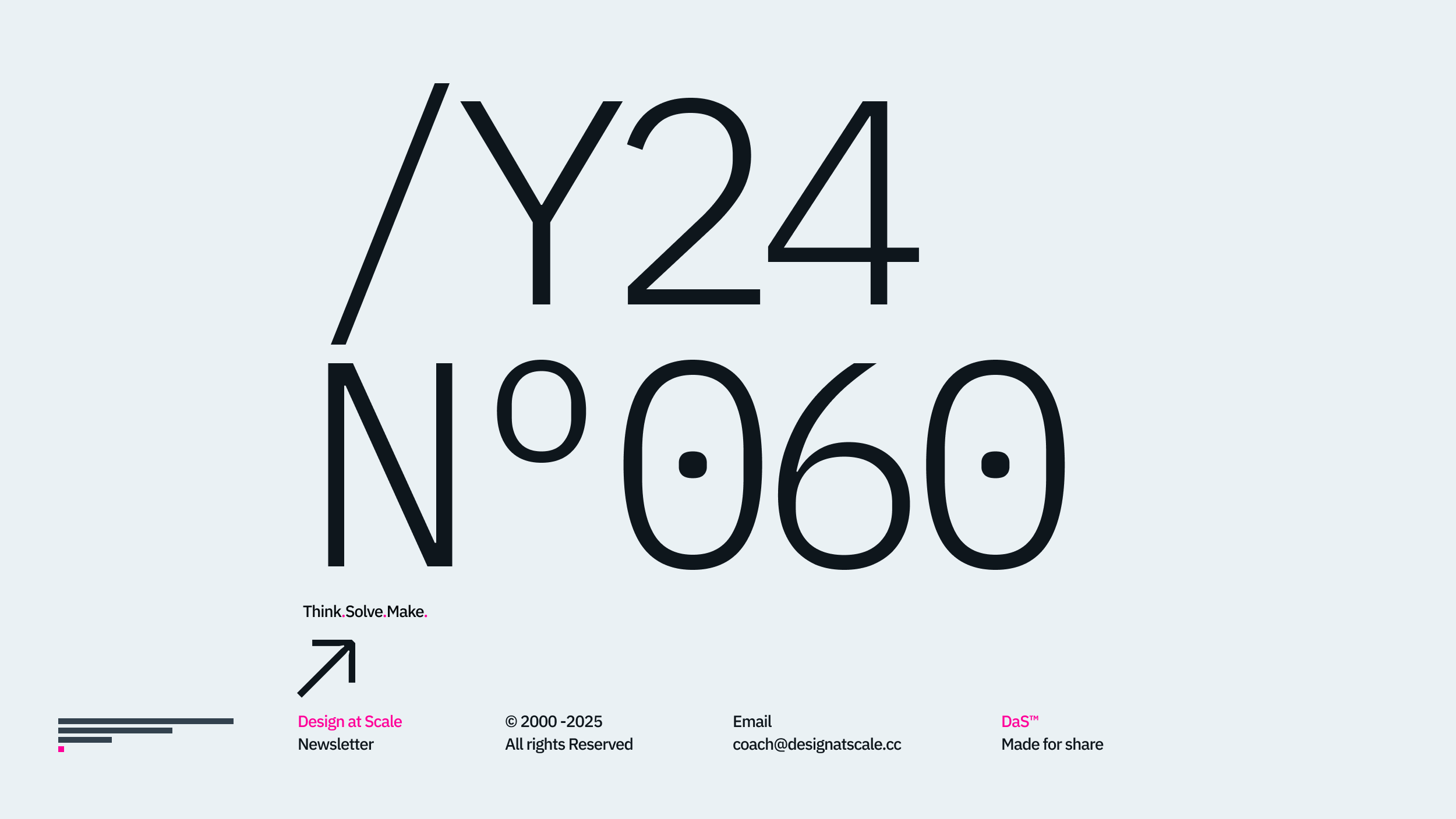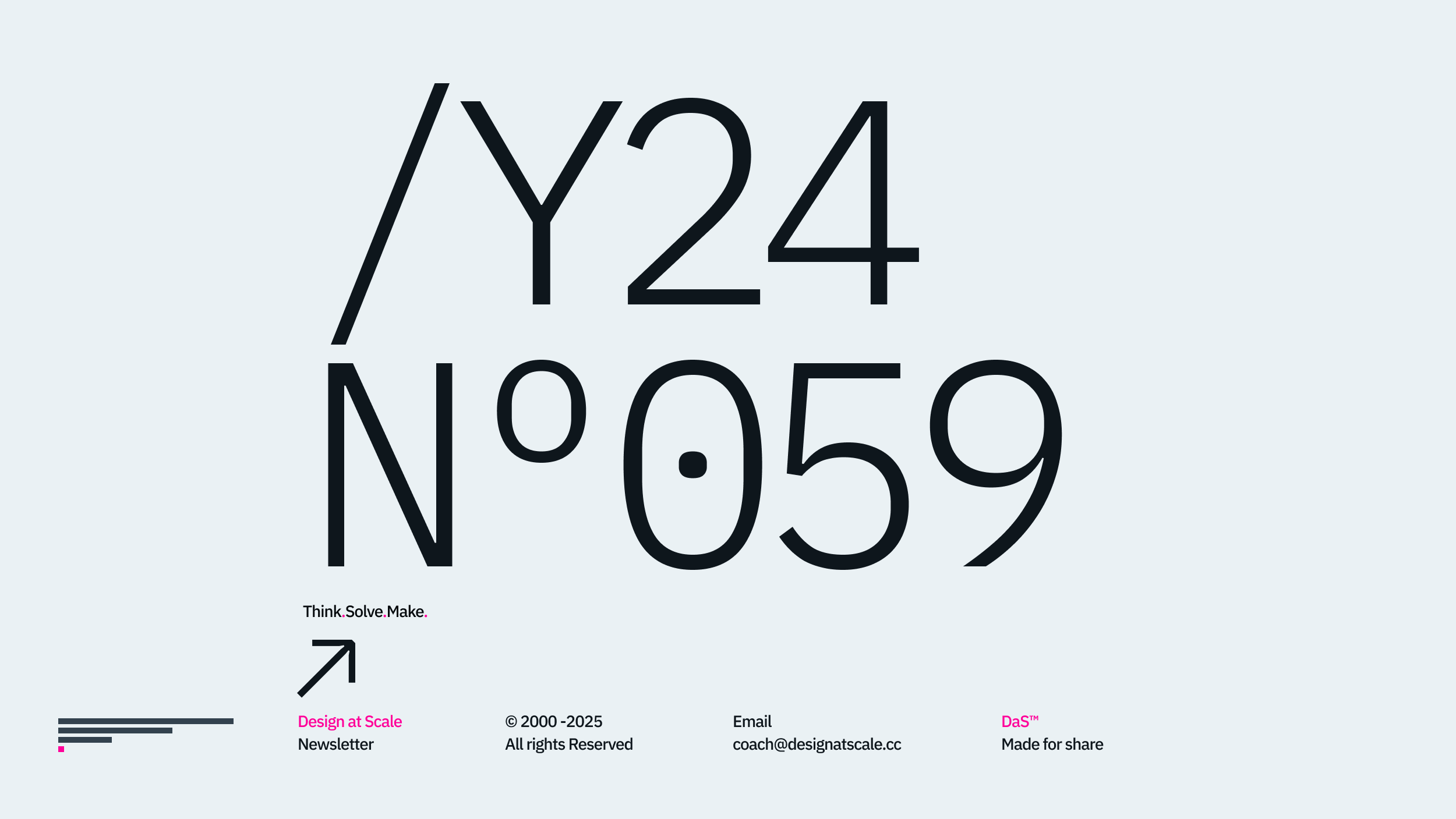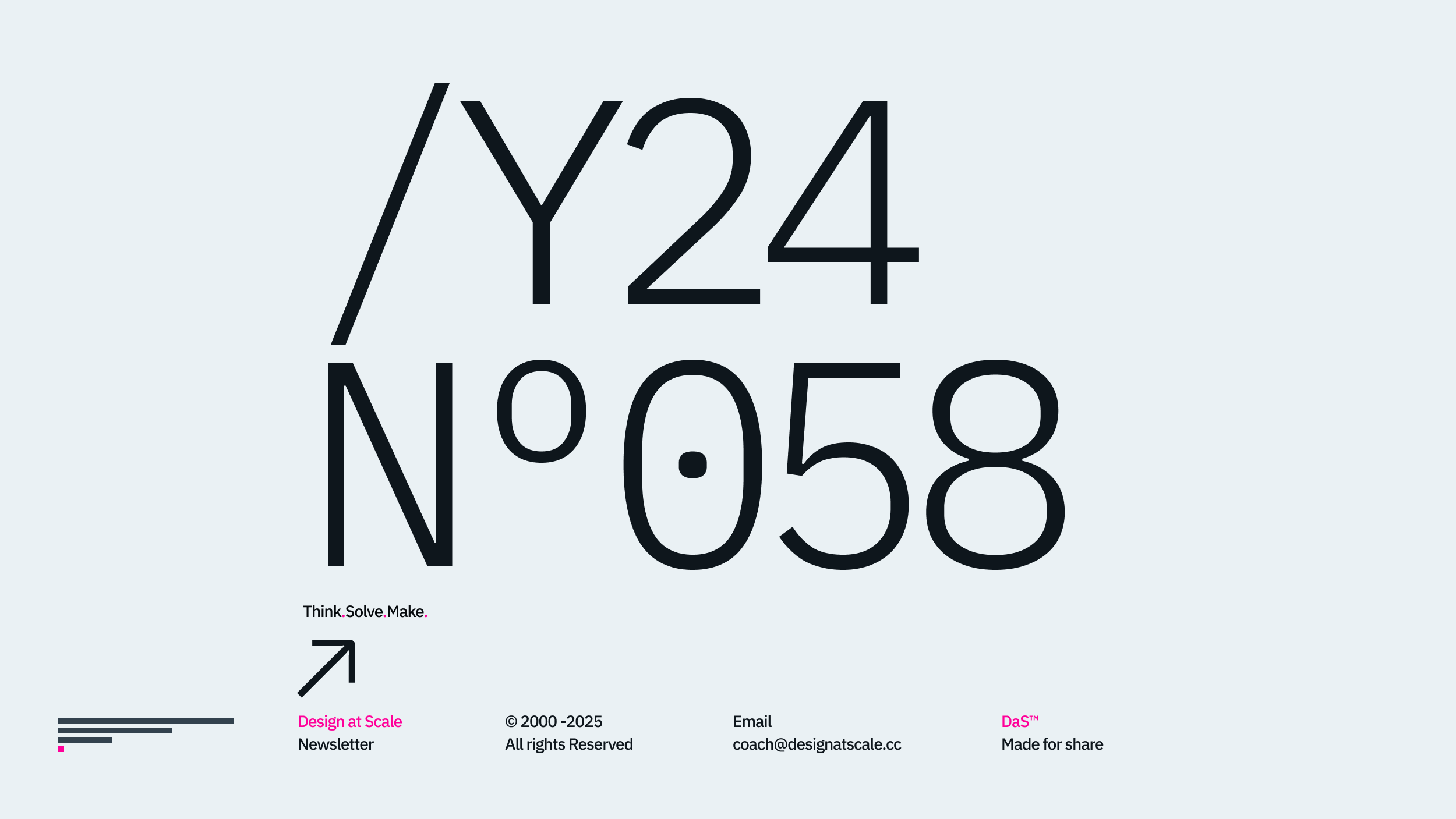Welcome to the fourth article of this series that focuses on designers in the team of one. After touching on Ambitions, Beliefs and Design Philosophy, we are entering the more practical part of the first series – communication.
We have exercised the theoretical part of the design work in previous articles. Your message now is probably “I’m an amazing designer”, and you have taken several courses through which you have 2-3 case studies that reflect the standard of a specific education framework (Google UX course, Coursea, etc.). The one everyone took over the last four years will give us 780k portfolios that look the same. That, in summary, creates an over-saturated CX industry you are looking for a job completing with designers with 5-10 actual projects, if not authentic, products in the market.
These facts limit your chances of success.

What’s Your Message
The first thing to differentiate as a (new) designer is to have a unique message. What I mean by that is something other than a visual message or branding. I mean consistent messages across variety of channels where you promote your work or skills.
Your web, Instagram, LinkedIn, Twitter and god knows what else have different usernames and these accounts are not connected; you are losing the impact of your message by roughly 20%.
Secondly, what are you really communicating across these channels? As a product designer, you are probably articulating that you are building the product or service for company X. Finally, are you indeed selling the experience, knowledge, or time?
Here are some tag lines that make your designs stand out:
Expertise – by designs improved conversion by 40%
Knowledge – My designs allow the company to gather 90% positive feedback from an existing customer.
Time – I need the job; this is my day rate
Impact – Outside of delivering the product, I have reduced operation costs by 30% and released the proposition three months earlier.

The Audience
Daily, we consider the end user who uses our product or service. When it comes to portfolios or selling ourselves, we tend to ignore all the things we use in a commercial project. Sadly, we often listen to recruiters (who are not designers at all) and companies we do not work with, then integrate all the good things we learn from commercial projects.
In Academy sessions, I often mention, “If the CV is the past, the portfolio is the future”. You need LinkedIn or equivalent to communicate what you have done. Accessible, shareable, and easy to redistribute the message (and export as PDF).
Do you need 20+ other CVs that the 40+ different recruiter agencies request? Probably not. Although the most proclaimed line from head hunter will be, “If you want the job, you have to give me a CV I asked for”, I have interviewed 1k+ designers, and neither one of them got the job, contract or full-time job of this specific CV.
Your portfolio (let’s call it a hub from now on) is the place of your visual creation. A fully customisable, specific to your need and crafted on your own terms. We all appreciate different platform's flexibility and the ability to integrate with any other network. The question here is back to “What is the message?”. The hub is a constellation of all your engagements elsewhere.
Whatever is presented on social media is a teaser of what is represented on your HUB – would you agree? You want to inspire your audience and show you can think, create, deliver and communicate. You do not need 27 pages/scrolls long case study to impress the right people.
Simple S.T.A.R. makes all your projects consistent and easy to digest.
Situation – What was the challenge, and we should care?
Task – What task do you consider to resolve the existing challenge?
Action – What action have you personally taken that directly impacts the delivery?
Result – What was the impact of your work in business, customer service, or society?

Response
This is a tricky one and perhaps the most painful one. This is when you meet your audience, and they do not respond or give you the expected feedback. No response feels like all time wasted on a portfolio no one looks at. Some great products and services have not been discovered for over five years and are still becoming transformative. How many design directors and personas thinkers do you follow? Perhaps none, and you wonder if no one looks at your work.
Well, here is the thing: once you create the essential Hub “Hello world” kinda thing, say you are here and share with your friends. Every update is a reason to celebrate. Send Tweet, Insta, or Linked In posts – transparency of these updates makes them more regular. Can you automate it – even better?

Managing Audience
Now, you get the first hundred or thousands of followers coming to your Hub. Unless you are selling something, writing, or teaching someone, there is a really low probability you’ll have 300+ views in a day, let alone in a month.
To whoever subscribes, thank them. Can you automate it even better?
You got yourself and the audience. Now you should manage it.
Cross-check – everyone on different channels should know you are elsewhere.
Are you offering services? Say you are Available – this makes people click or perhaps like your status and so on. Look at Twitter for some inspiration.

Impact
If you expect thousands of visitors every day – get real. You, like everyone else, will grow from 10 to 100 to 1,000 to 10,000 as fast as you start to understand how cultivating a relationship with your audience is as important as passing a certificate or degree.
The measurable impact is the one when recruiters or companies of your interest start to contact you for the work because you are consistent with delivery, engagement, communication and audience management.

Happy scaling through design!
Hey, I’m Jiri Mocicka.
London-based Design Director, Trusted Advisor and Author of Design at Scale™. The method that empowers individuals to shape the future organisation through design.
If you have a question, join our Community and reach out to like-minded individuals who scale design propositions. An online Academy can help you to find your feed in teams of 01, 10, and 100, supported by Grid Magazine and Supply section, where we weekly bring more insights on how to become a design leader in your organisation





